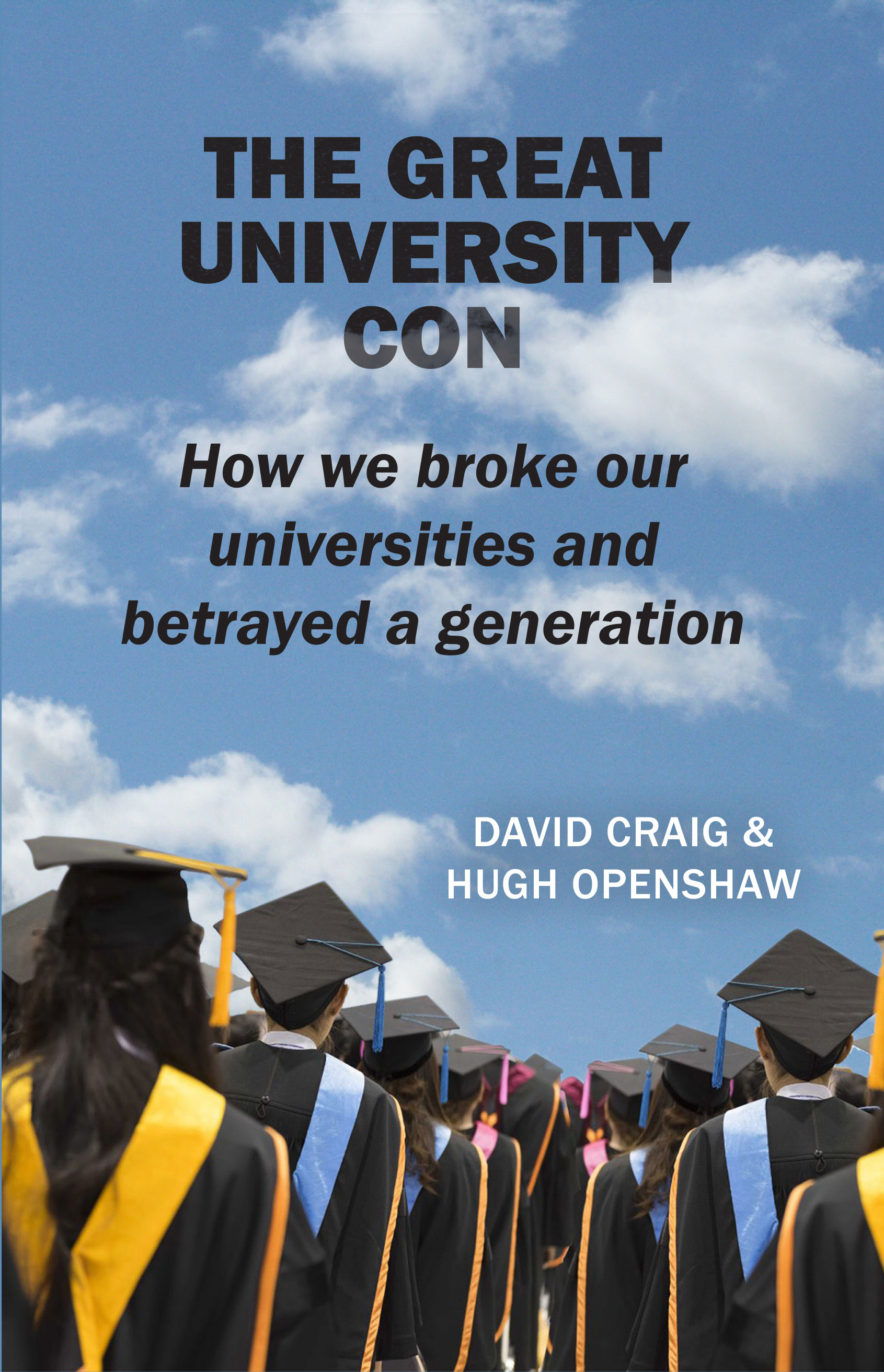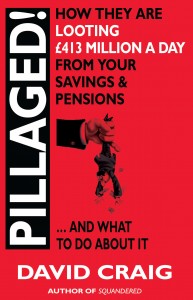(weekend blog)
In this weekend’s blog I’ll be writing out of my rear end in that I’m not a technical person, I have absolutely zero understanding of the subject and I know that several readers know much more about this subject than I do. But I have worked in project management for almost 100 organisations in 15 countries in both the private and public sectors and so can usually spot a total turkey at well over 100 metres.
This blog will deal with something that’s sort of important – meeting the future energy needs of our country at a cost which won’t destroy what little is left of British industry.
WTF do we need Hinckley Point C for?
As I’m sure readers know, our idiotic politicians are in the process of crippling our country with the costs of building�Hinkley Point C nuclear power station.�(HPC) is a project to construct a 3,200 MWe nuclear power station with two EPR reactors in Somerset, England. The plant, which has a projected lifetime of sixty years, has an estimated construction cost of between �19.6 billion and �20.3 billion and will deliver electricity at around twice the price of any other energy source. I think it’s being built by the devious French and the corrupt, dirty, fascist, lying, disease-ridden Chinese which should fill us all with confidence that it will be built on time, on budget and work wonderfully (not!)
After all, it was the devious French and the dirty, corrupt, fascist, lying, disease-ridden Chinese who built the bio-safety Level-4 Wuhan Institute of Virology which accidentally leaked the Covid-19 virus which has wrecked the world economy, will infect tens of millions and will probably end up killing several million.
It is a basic principal of everything a government does that it should be huge, centralised and thus high-risk. This can be our new aircraft carriers, PHE’s hopeless Covid-19 testing, the �6bn NHS computer system or whatever. The results are always the same – huge cost and time over-runs, endless technical problems and often the mothballing (as will happen with one of our aircraft carriers because we haven’t sufficient ships to defend two of them) or scrapping (as with the NHS computer system) of whatever our money was being wasted on by our grandstanding politicians.
In contrast, most commercial companies would tend to go for lower-cost, more decentralised and thus lower-risk solutions.
From what little I understand, the cost of a power plant for a nuclear submarine is around �100m and a nuclear power plant for an aircraft carrier about $200m (only the US and France have nuclear-powered carriers. The two new British carriers are conventionally-powered). I think a submarine nuclear reactor can supply about 100MWe (whatever that is). Maybe a carrier reactor can do up to 200MWe?
This means that if we could adapt the technology we already use (and have used for decades) in British nuclear submarines to producing electricity on land, we could have about 190 small nuclear power plants (SNPPs) supplying about 19,000MWe – six times as much as Hinckley Point C – for the same price as Hinckley Point C.
There would be other benefits using small local nuclear power plants:
- Britain already has the technology and skills to build them (thus no need for the devious French and corrupt, dirty, disease-ridden, fascist Chinese to get involved)
- Mass production would hugely lower the costs
- These would be much more flexible than one huge nuclear power station
- The risk of time and cost over-runs and even failure would be slashed
- These would start producing power much sooner than the horrifically huge Hinckley Point C
- This would create tens of thousands of well-paid jobs in the UK
- This would give the UK a technical lead in the field of small nuclear reactors which could be used to grow exports creating tens of thousands more well-paid jobs in the UK
- This would eliminate our dependency on our devious French and lying, corrupt, disease-ridden, fascist Chinese friends
An additional reason for interest in SNPPs is that they can more readily slot into brownfield sites in place of decommissioned coal-fired plants, the units of which are seldom very large � more than 90% are under 500 MWe, and some are under 50 MWe. In the USA coal-fired units retired over 2010-12 averaged 97 MWe, and those expected to retire over 2015-25 average 145 MWe.
Conclusion
In fact, the idea of using a series of small flexible, low-cost, low-risk local nuclear power plants based on existing, well-understood nuclear submarine technology already produced in Britain by British engineers for British companies is so obvious that I’m sure readers will understand why this has been rejected by our worthless politicians in favour of the massive Hinckley Point C with its dependency on other countries (at least one of which is openly hostile to us), inevitable delays, predictable cost over-runs and probable eventual technical failure if it ever gets finished at all.
(If readers want to find out more, there’s tons of information on Google on why the next generation of nuclear power plants should be small and local and NOT huge and centralised)
A happy ending?
As Britain prepares to welcome back the most popular woman in Britain, here (to cheer us all up) is a picture of this modern-day heroine:
No doubt the Begum’s Life Matters idiots will be demanding we erect statues to this (IMVHO) murderous, deranged, maniacal, UK-hating, West-loathing piece of sh*t Izlumo-whore all around our once great but now crippled, multi-culturally-enriched, poor excuse for a country?















Miss Begum will, undoubtedly, became a heroine for the BBC, especially Radio4�s Women�s Hour
There are some new reactor designs which are intrinsically-safe, such as this one:
http://thorconpower.com/
HPC will become a dinosaur even before it’s finished, as these and other new, safe types of reactor become the norm.
She will definitely win Bake off.
It was a surprise the see this, but it should concern us all. It indicates the shambolic state of electricity supplies here and in many other countries. Only China and India have the sense to ignore the environmentalists and the climate change nonsense and build cheap coal fired power stations. It is possible to put filters on the exhaust gases to make them acceptable. The key issue is for business to be competitive and the west is putting itself out of business and probably into power shortages with the obsession with unreliable and vastly expensive renewable energy. The disposal of old wind turbine blades is now a recognised problem. In the USA they are being cut up and buried because they cannot be recycled. Our energy costs have increased rapidly because of the obsession with climate change and it is not correct to say that renewable energy is cheap. It is extremely expensive, which is why our energy costs have increased and much of the cost is hidden in taxes. Obama is recorded as saying energy costs would �skyrocket� due to his energy policies. We have idiots for leaders. The west�s energy policy now seems to be based on �back to nature�, and we know what that was like.
Hinkley Point should never have been agreed at that cost and we have Cameron to blame for it. I don�t know what has happened with the PWR plants but they were an obvious choice when we built Sizewell, which was built to cost and to time. Now we have different PWR designs which are clearly a problem and construction in France is years behind and costs escalating. You criticise the French but because they have no coal they developed and built a very successful nuclear based electricity supply system. I imagine the problems are due to safety systems making the design too complex. However, the costs of Hinkley now look cheap in relation to the money that Boris is throwing at a crisis of his own making.
Britain likes to boast about its engineering abilities but the commercial nuclear industry has been a complete disaster. The first design was the Magnox reactors and then the AGR. They were complex and designed for on-load refuelling which was probably the mistake. I think we only sold one Magnox reactor and they were all over cost and late commissioning. We eventually gave up on them for the PWR design. We should have build another Sizewell but privatisation of the industry stopped that, especially when cheap gas was allowed for electricity generation.
I am not sure about the use of smaller submarine reactors and secrecy prevents us knowing much. I did some reading years ago and cannot remember the issues but I believe that they are not suitable for direct commercial use but that does not means they could not form the basis of a small commercial reactor. I understood that development of a smaller reactor was happening but we never hear anything about it. It is the thorium reactor that now seems favoured by many but I cannot see another reactor being approved with the opposition of the environmental movement.
This is interesting:
https://theconversation.com/everything-you-need-to-know-about-mini-nuclear-reactors-56647
It was muted a few years ago that we could use Rolls Royce submarine reactors rather than one large reactor to power UK. I bought RR shares on the back of it but as usual our government is not capable of lateral thinking. They would rather spend �150 billion on a railway no one will use.